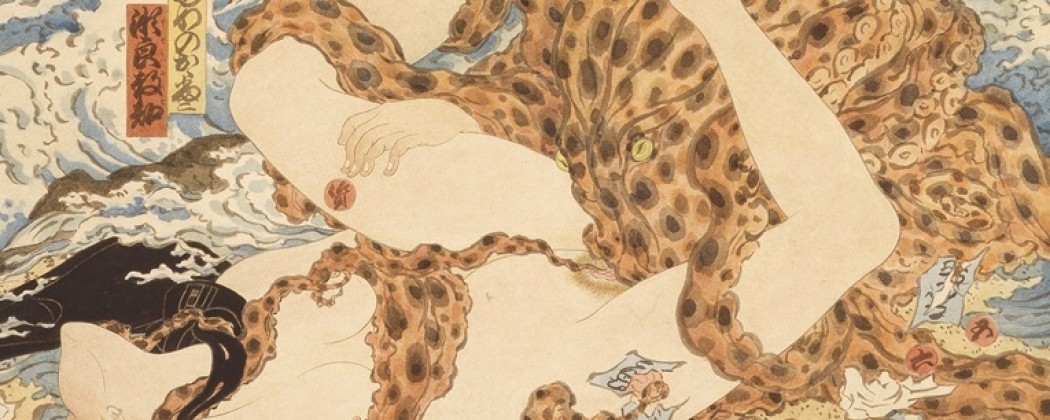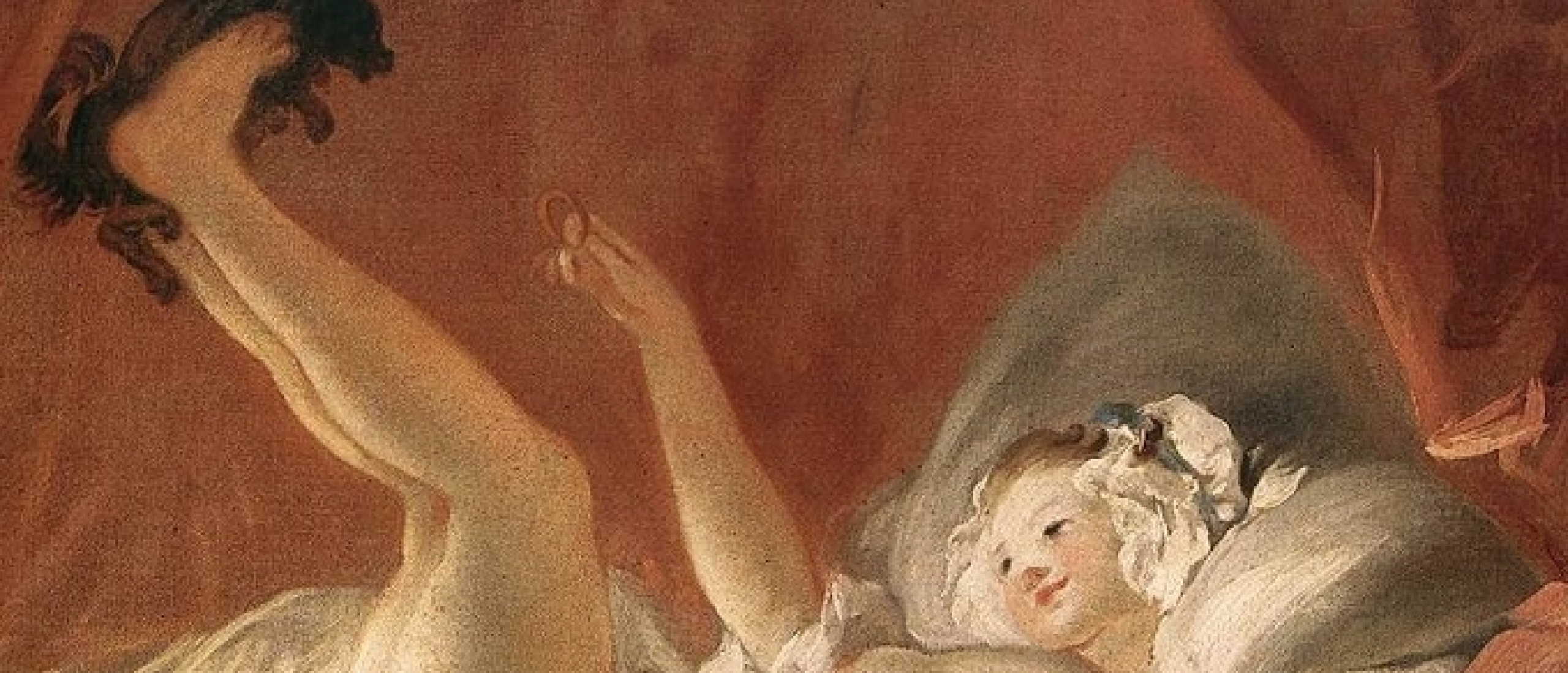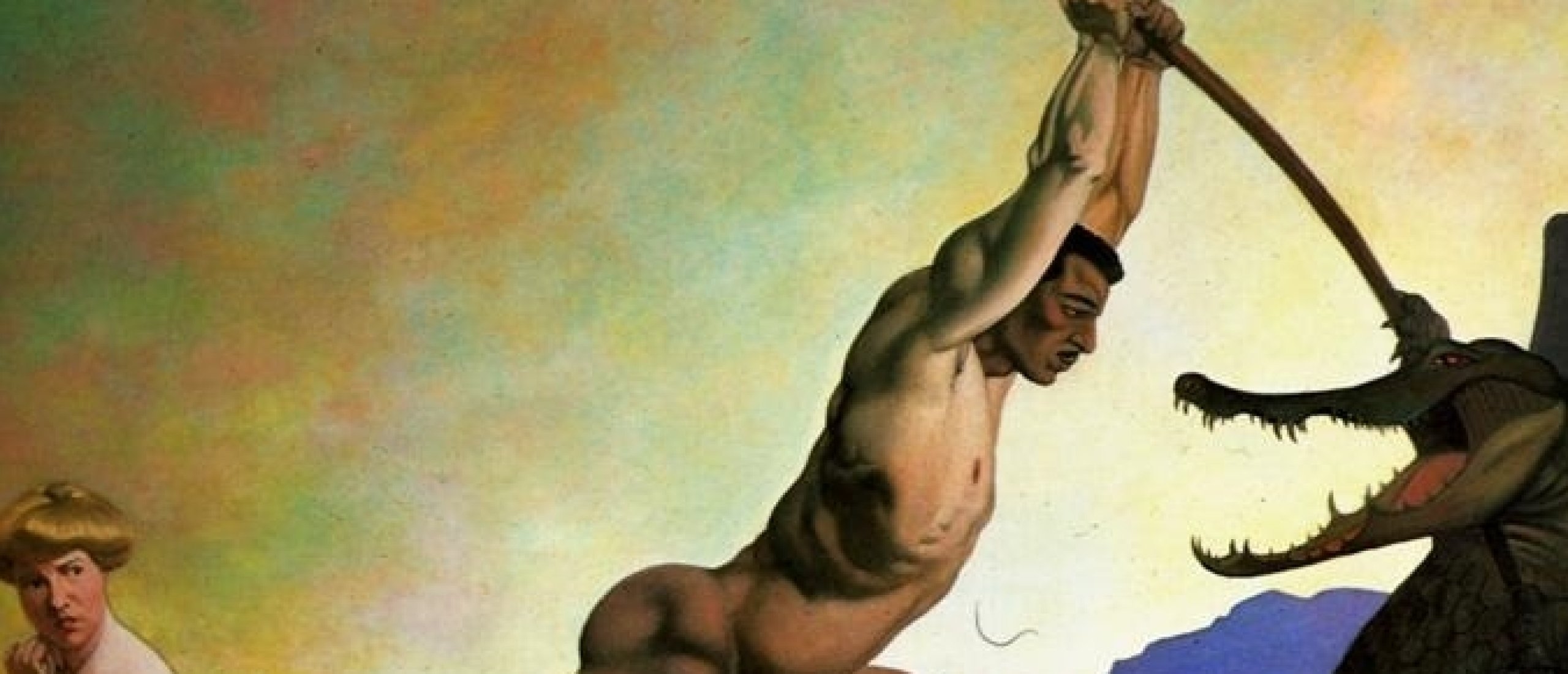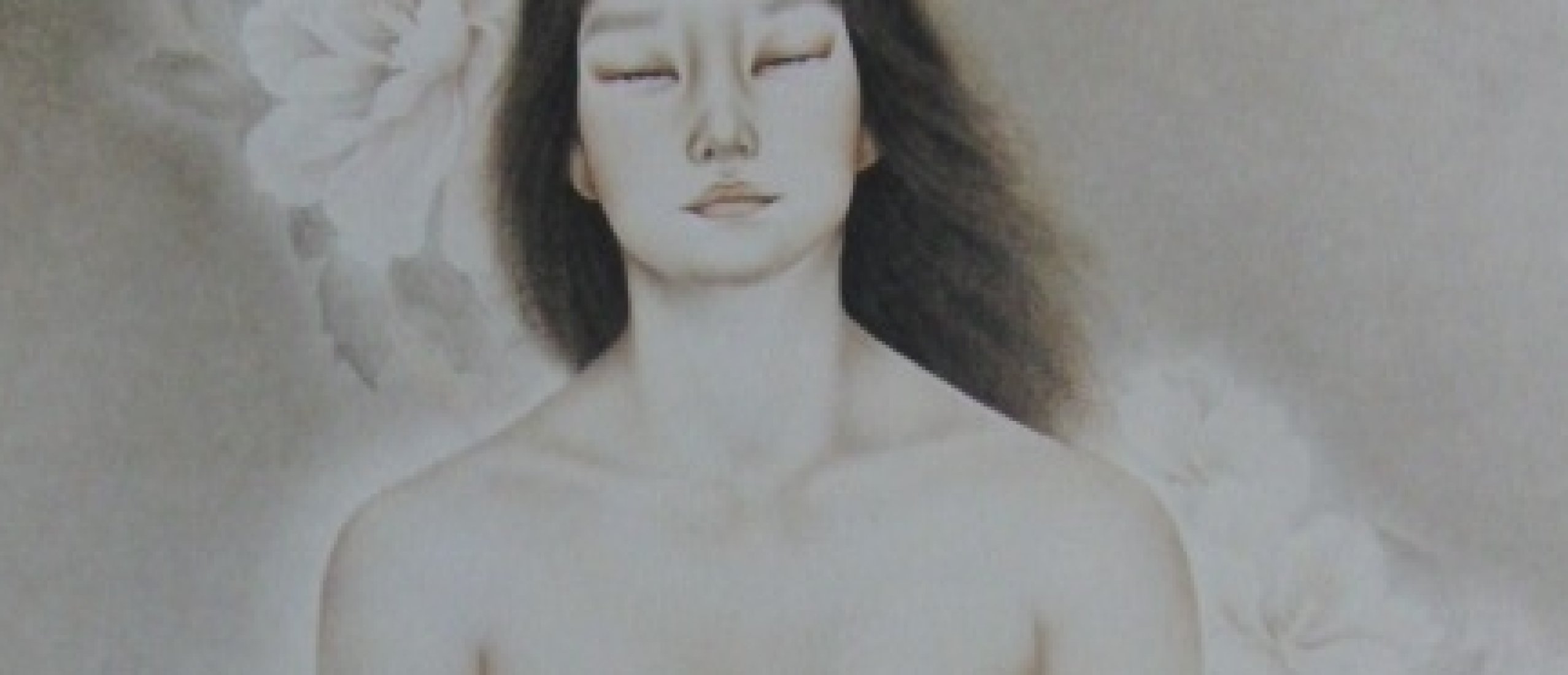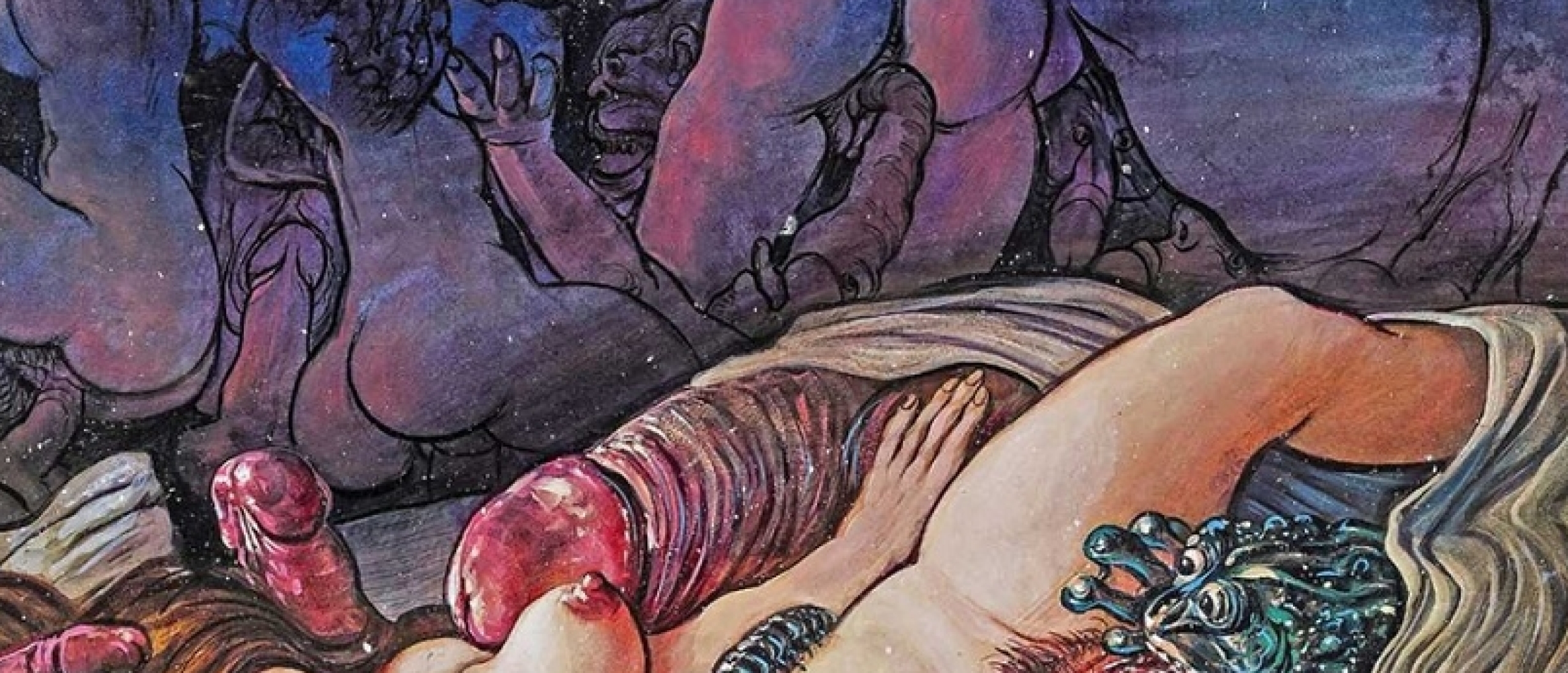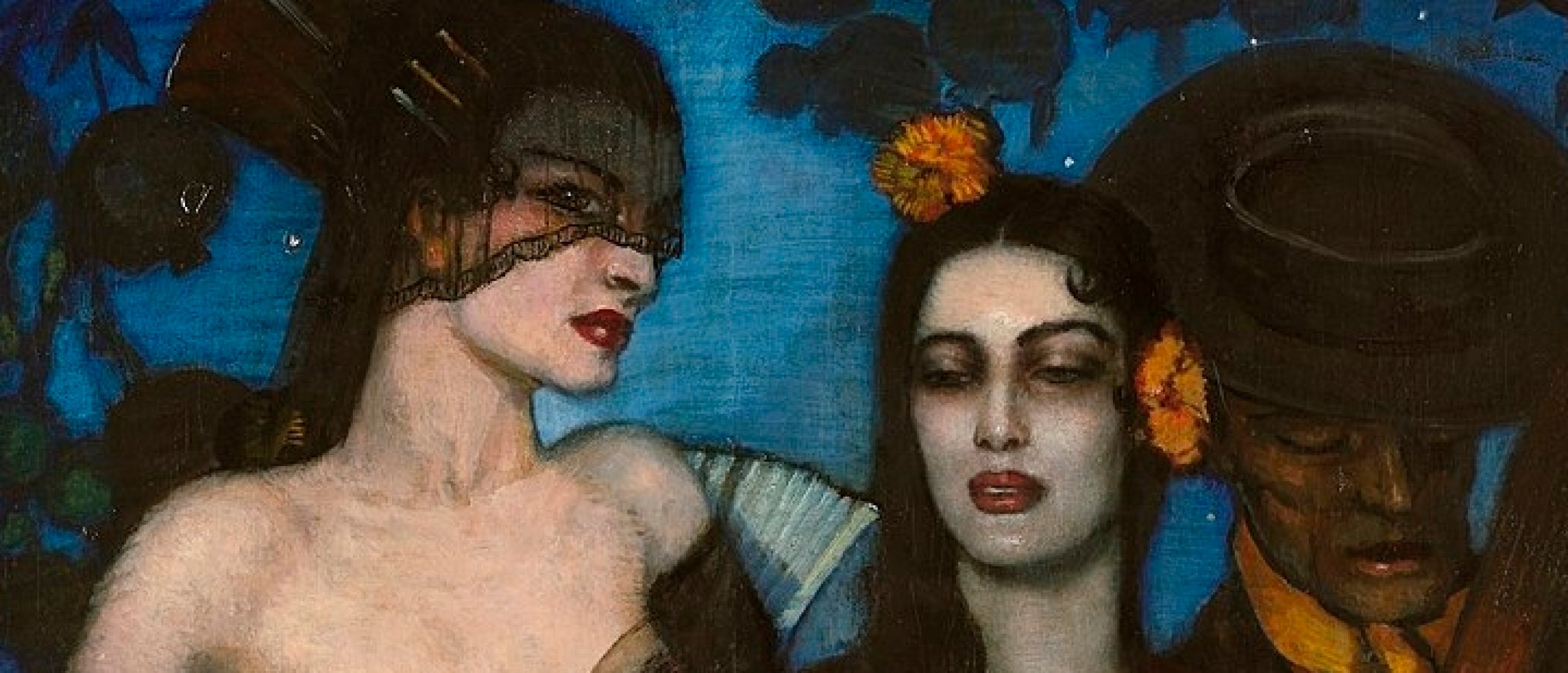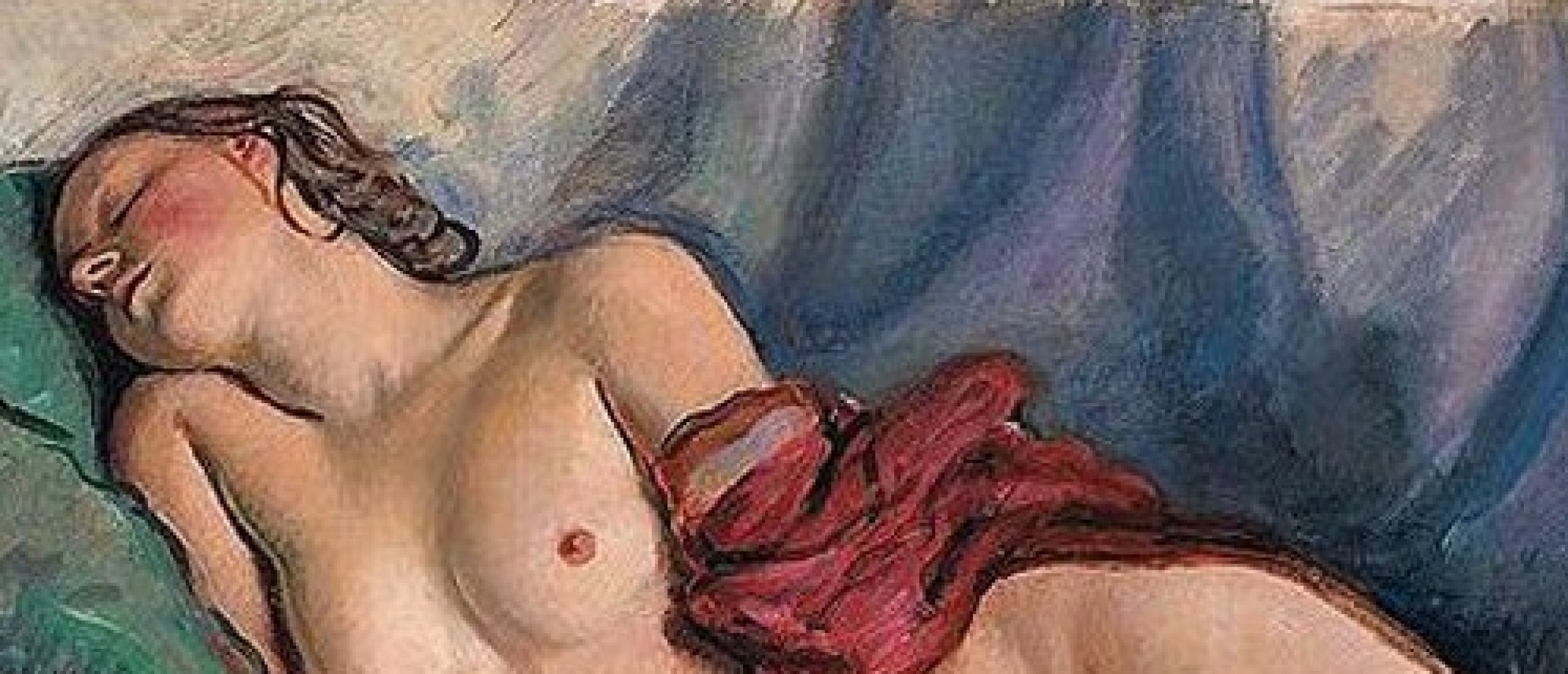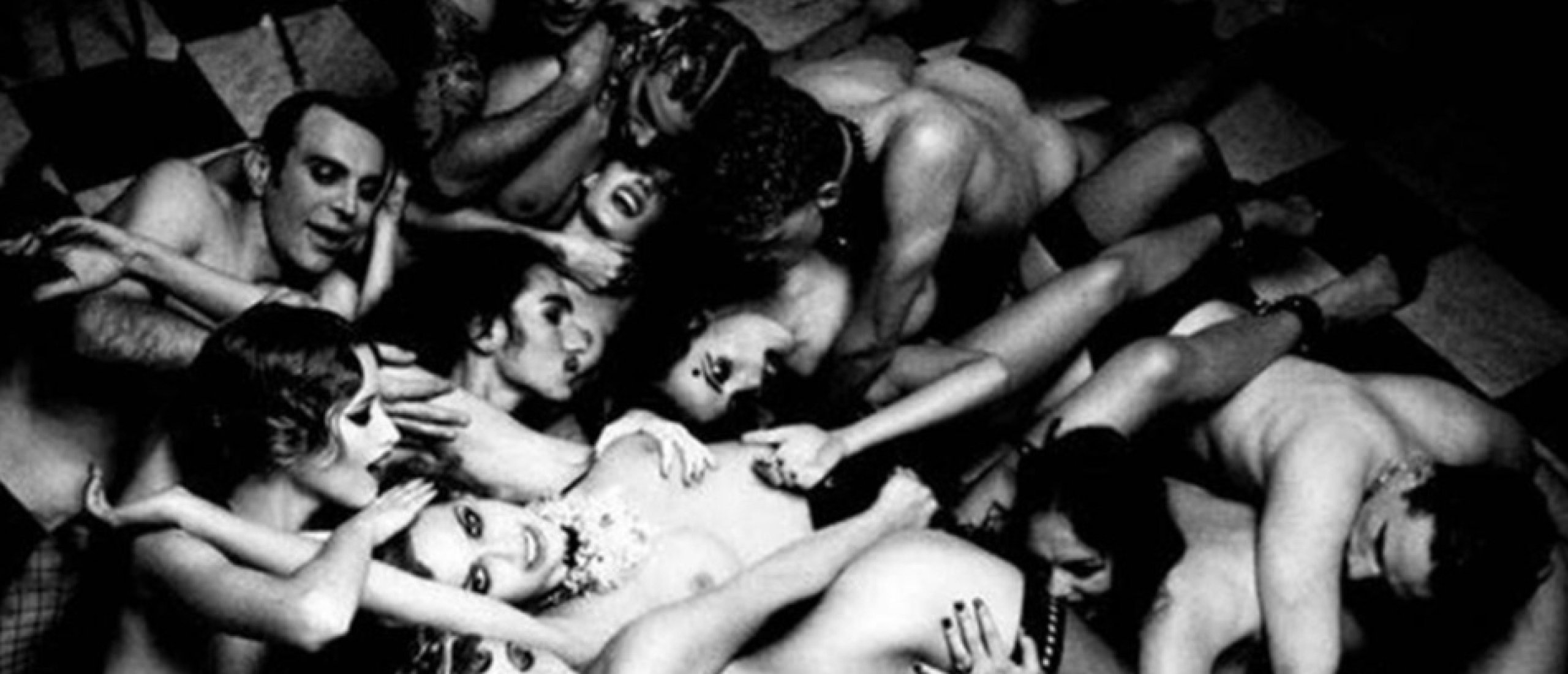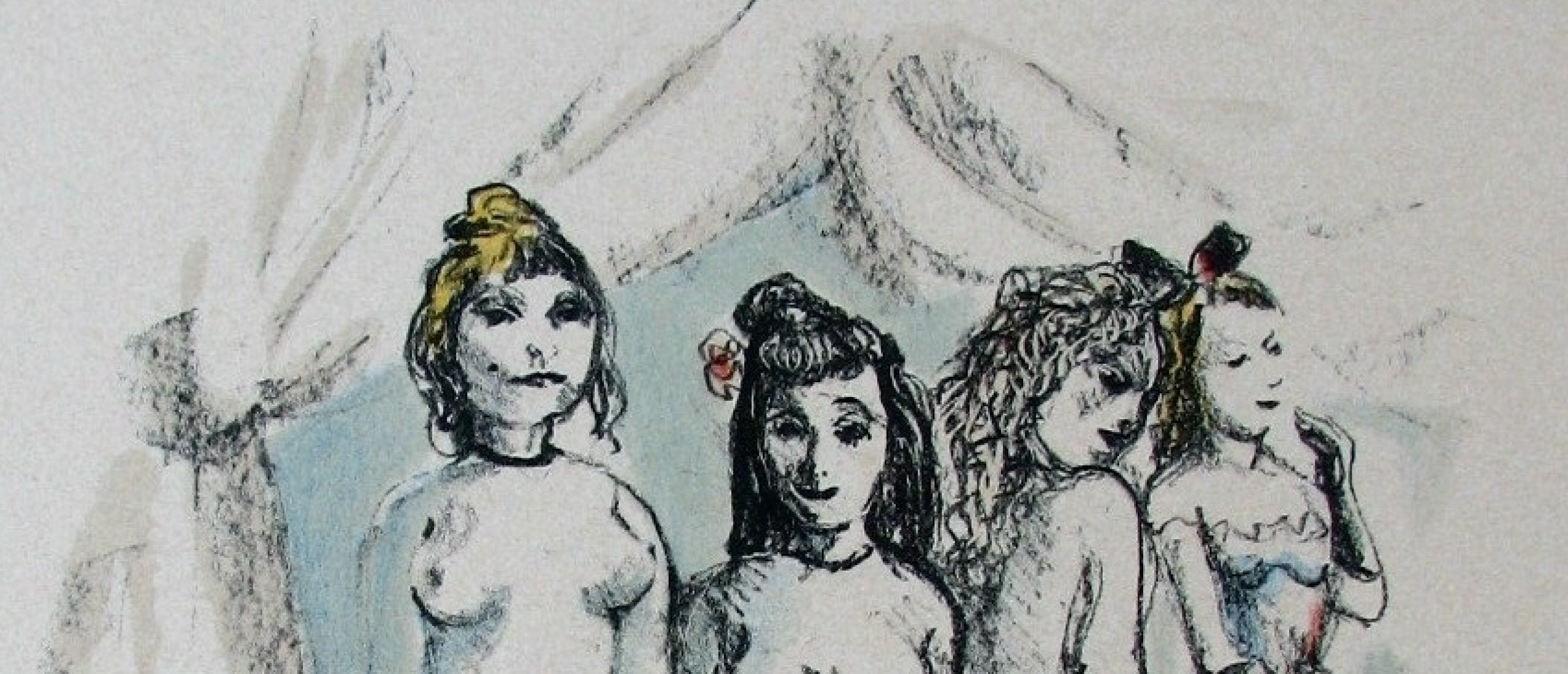
"Ladies who would be alluring to men should surround themselves with cats... I never look at men only at women – they have, each one such marvelous possibilities of beauty. But unfortunately, most of them have not developed these possibilities because they have not learned the lessons cats can teach..." (dailyartmagazine.com). In this article, we'll examine the art of this statement's author, the devotee of cats and women, Japanese dandy Tsuguharu Foujita (1886-1968).
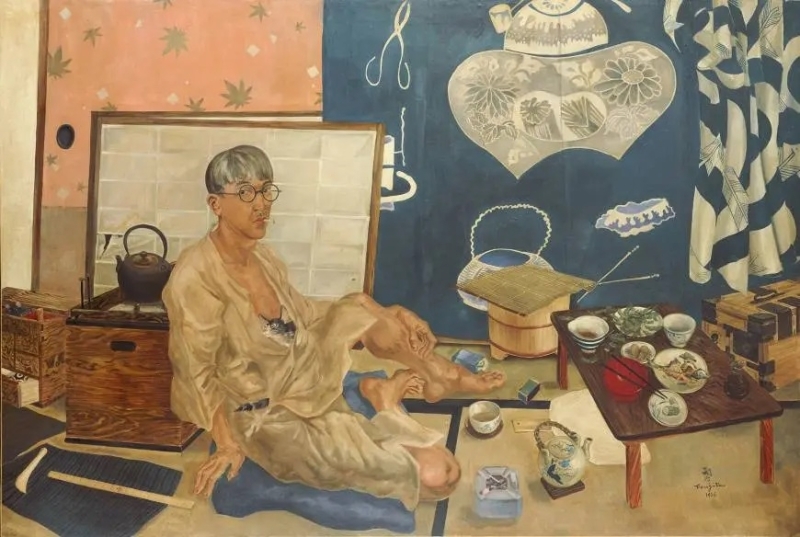
Fig. 1. Self-Portrait, 1936 (arthive.com)
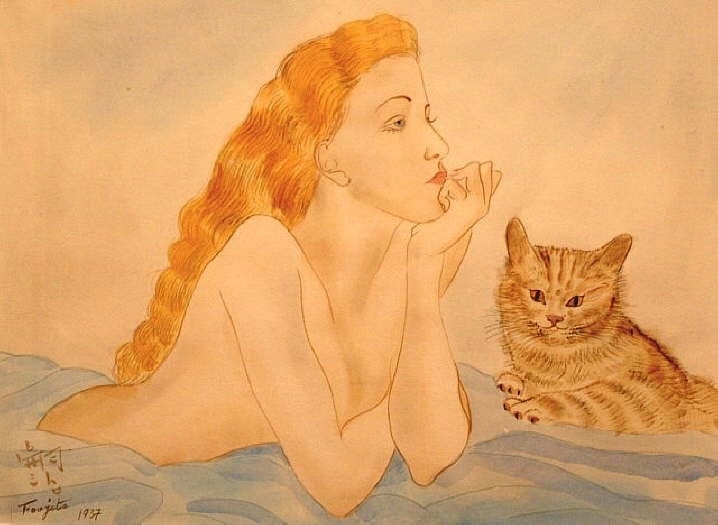
Fig. 2. Woman and cat, 1937 (wikiart.org)
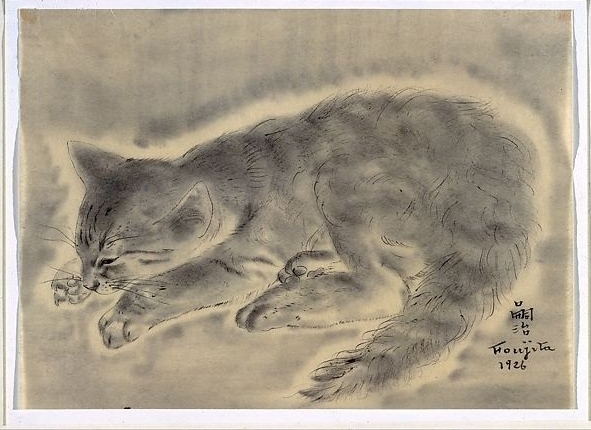
Fig. 3. Sleeping cat (metmuseum.org)

Fig. 4. Foujita’s cat (arthive.com)

Fig. 5. Portrait of Emily Crane Chadbourne, 1922 (openers.jp)
The Inheritor Of The World
The artist originated from the noble Fujita family ("Foujita" is a later frenchised version), whose name, according to Wikipedia, means "glicine field." Artist's first name Tsuguharu is translated as "the inheritor of the world." As Sylvie Boisson, the researcher of Foujita's art, mentions, his talent manifested itself already when Foujita enrolled in junior school. When he was fourteen, one of his drawings was selected for demonstration at the 1900 Paris Universal Exposition. Studying in Tokyo, he discovered Western art and began dreaming of traveling to the city where his work was once shown. Foujita's father, general Tsuguakira Fujita, who served as a doctor in the Japanese Imperial Army, didn't protest against the artist's decision to become a painter, though, advised him to study at home.
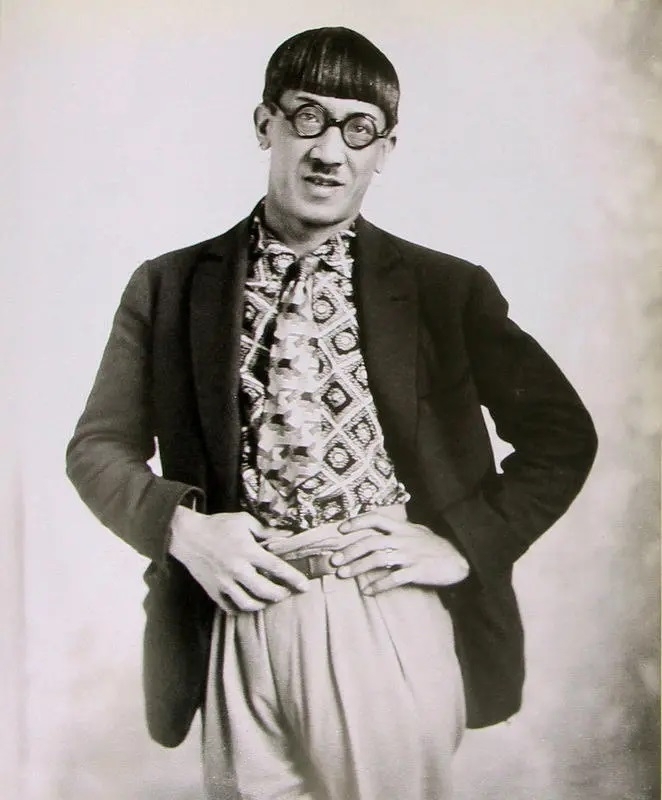
Fig. 6. Foujita, possibly 1930s (arthive.com)
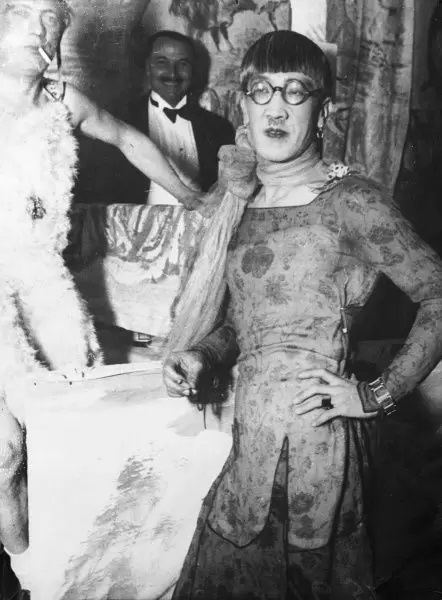
Fig. 7. Foujita in drag (ameblo.jp)
Dandy Student
In 1905, Foujita entered the High School of Fine Arts in Tokyo. A year earlier, intrigued by European religion, he started attending the catholic church and also studying French as he was still determined to travel to Paris. After the initial course, he chose Western oil painting as his specialty. The extravagant preferences of this hardworking student were complemented by his memorable appearance that began developing at that time and was finally shaped in the 1920s. He wore a crescent fringe, round horn glasses, and a mustache that's mainly attributed to Hitler in our days. He also added round earrings, bracelets, wooden necklaces, and a tattoo in a shape of a wristwatch to his look. In clothing, the artist preferred kimonos or blouses with vivid patterns. As a whole, his appearance was a surreal variation of Wilde's dandyism that earned him the nickname Fou-fou, "crazy." His French friends also called him Leonard as they found it easier to pronounce. Foujita liked it because he was fond of Da Vinci, and at the end of his life, he officially adopted this name. In 1906, he met his first wife, Tomiko, who studied in the same place. Several years later, in 1910, he graduated with a self-portrait as a degree paper, which would be natural for ego-eccentric Salvador Dali.
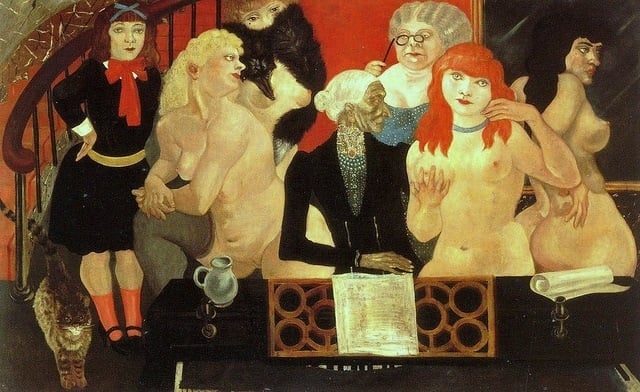
Fig.8. Brothel in Montparnasse, 1928 (wikiart.org)
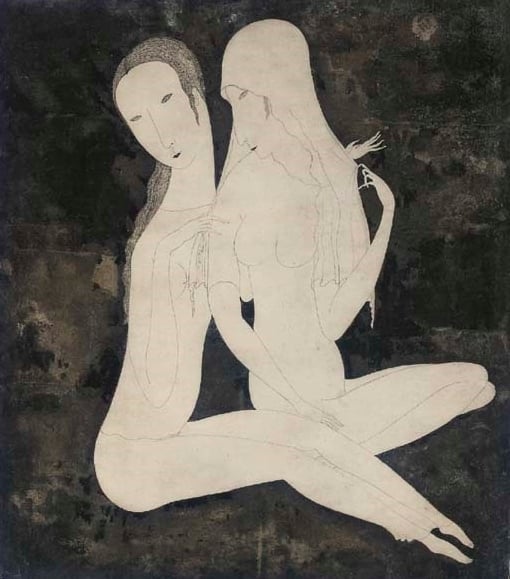
Fig.9. Friends (wikiart.org)
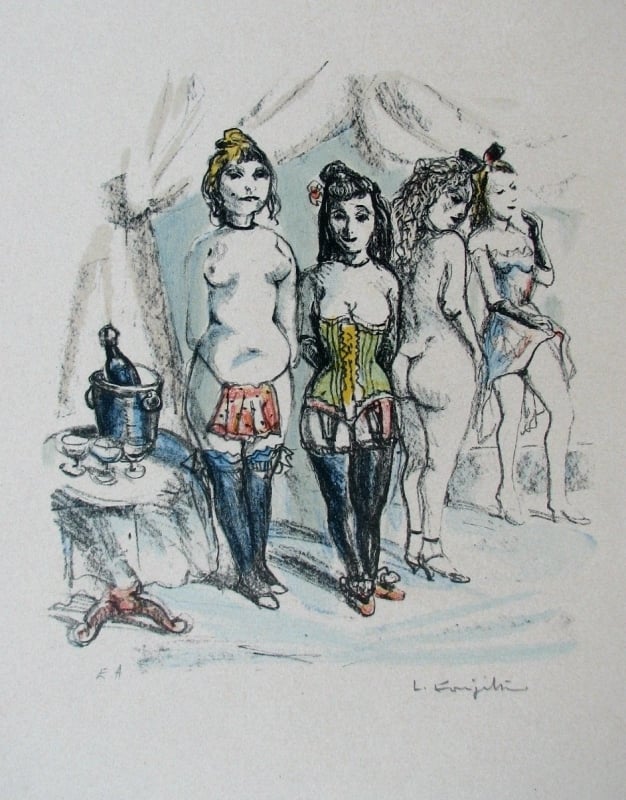
Fig.10. Readiness (wikiart.org)
In the extended Premium edition of the article you can discover, among other things, Foujita's stay in Paris and London, his marriage with the model Fernanda Barry, his first personal exhibition and success, the influences of ukiyo-e masters Harunobu and Utamaro, the impressionist Édouard Manet, and Amedeo Modigliani, Foujita's relationship with his muse Lucie Badoud, numerous additional pics and much more...!!
Click HERE for Picasso's erotic dialogue with a levitating phallic God
Sources: Wikipedia.org; Liia Horodianska. Tsuguharu Fujita: brush, sewing, cats, and ladies (arthive.com); dailyartmagazine.com

